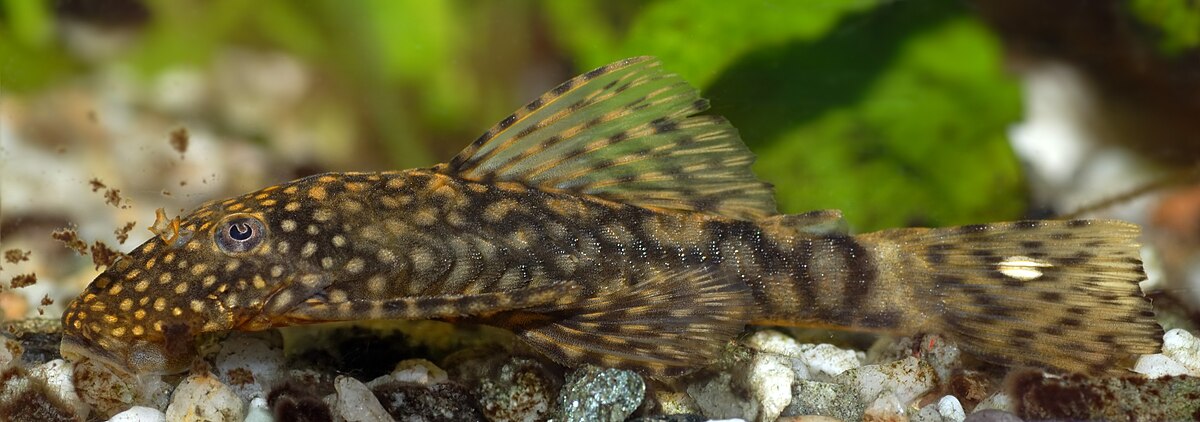My Store
BRISTLENOSE XENOCARA (Clearfin Bristlenose Pleco)
BRISTLENOSE XENOCARA (Clearfin Bristlenose Pleco)
Couldn't load pickup availability
🧼 Bristlenose Xenocara (Clearfin Bristlenose Pleco) – Rare, Efficient, and Full of Character
The Bristlenose Xenocara, also known as the Clearfin Bristlenose Pleco, is a rare variant of the classic Bristlenose Plecostomus, prized for its semi-transparent fins, compact size, and hardworking algae-eating nature. With its distinctive head bristles, clear pectoral and dorsal fins, and peaceful personality, this fish adds both utility and unique aesthetic value to planted or community tanks.
Native to South American rivers, this variety of Ancistrus is perfect for hobbyists who want something clean-up crew–approved but visually striking. Unlike common plecos that grow huge, the Xenocara stays under 5 inches, making it an excellent fit for mid-sized tanks.
🐟 Species Profile:
-
Scientific Name: Ancistrus sp. “Xenocara”
-
Common Name: Clearfin Bristlenose Pleco, Bristlenose Xenocara
-
Adult Size: 4–5 inches
-
Temperament: Peaceful and solitary
-
Tank Size: 20+ gallons
-
Water Parameters: 72–82°F | pH 6.5–7.5 | Well-aerated, clean water
-
Diet: Herbivore – algae wafers, fresh vegetables (zucchini, cucumber), biofilm
🛠️ Tank Setup & Compatibility:
Clearfin Bristlenose Plecos thrive in:
-
Planted aquariums with driftwood, caves, and low light
-
Smooth substrate with hiding places
-
Community tanks with calm or midwater species
Compatible with:
-
Tetras, rasboras, gouramis, corydoras, angelfish, dwarf cichlids
-
Avoid large or aggressive bottom dwellers
-
Best kept singly or with other plecos of different types to avoid territorial behavior
Behavior:
-
🧽 Excellent algae eater – works day and night to keep glass and décor clean
-
😌 Shy but active at night – appreciates plenty of cover
-
👃 Bristled face is more pronounced in males, especially when mature
🛒 Why Buy from RobsAquatics.com?
Each Bristlenose Xenocara is:
-
✅ Individually selected for clear fin genetics and healthy size
-
✅ Eating well and conditioned in a planted environment
-
✅ Shipped live with our Live Arrival Guarantee
-
✅ A perfect blend of rarity, utility, and visual appeal
📦 Upgrade your cleanup crew with style—the Bristlenose Xenocara isn’t just another algae eater. It’s a standout showpiece for community or aquascaped tanks. Available now at RobsAquatics.com.
Share


